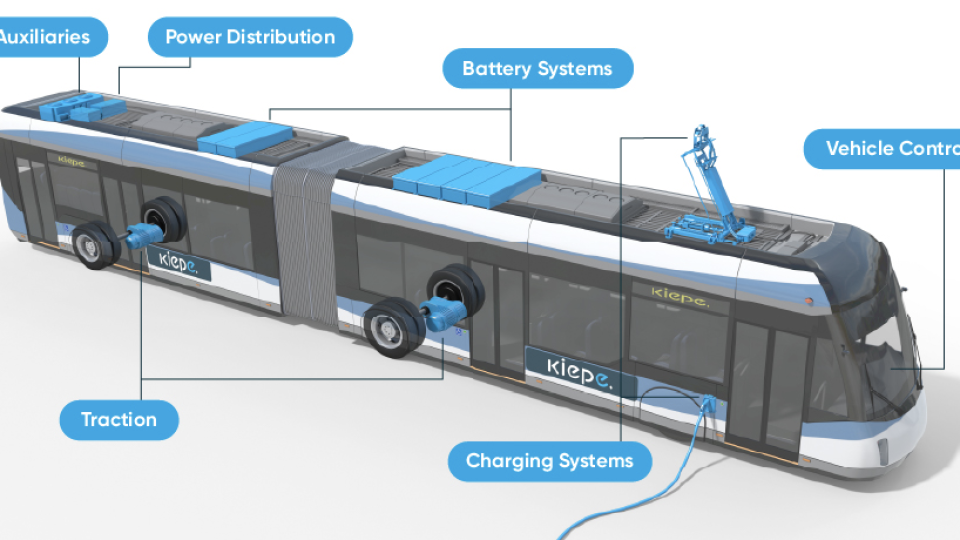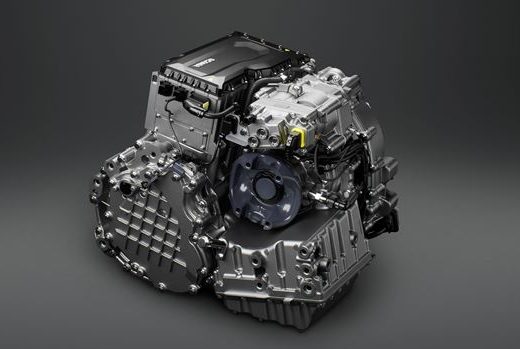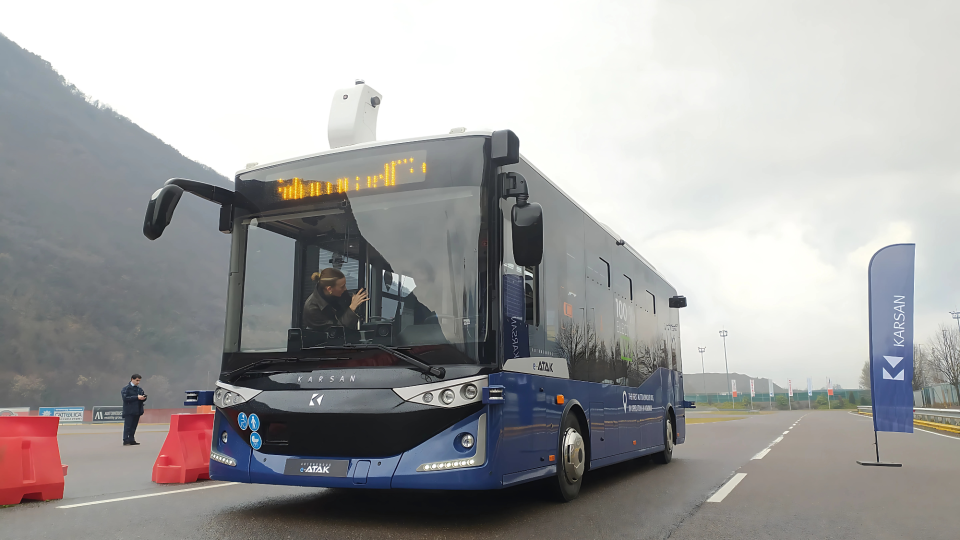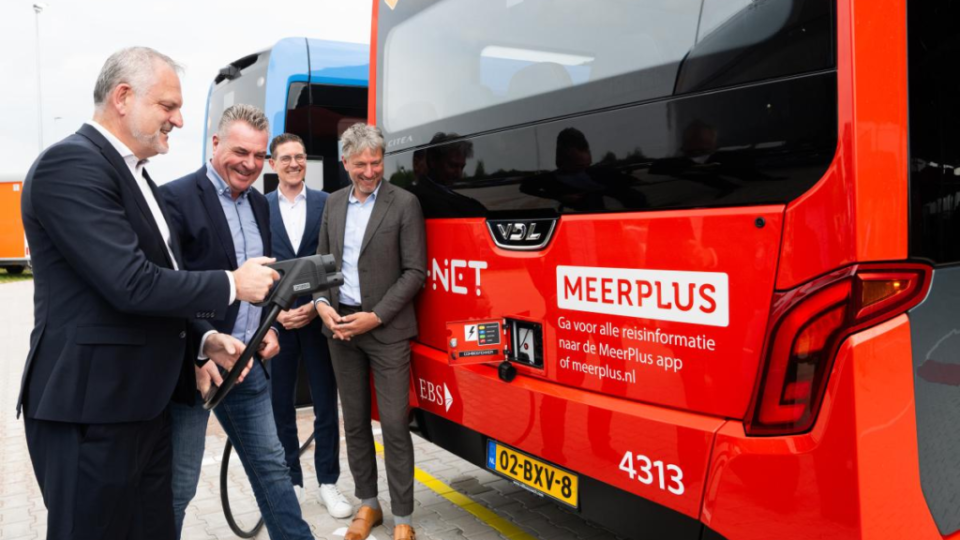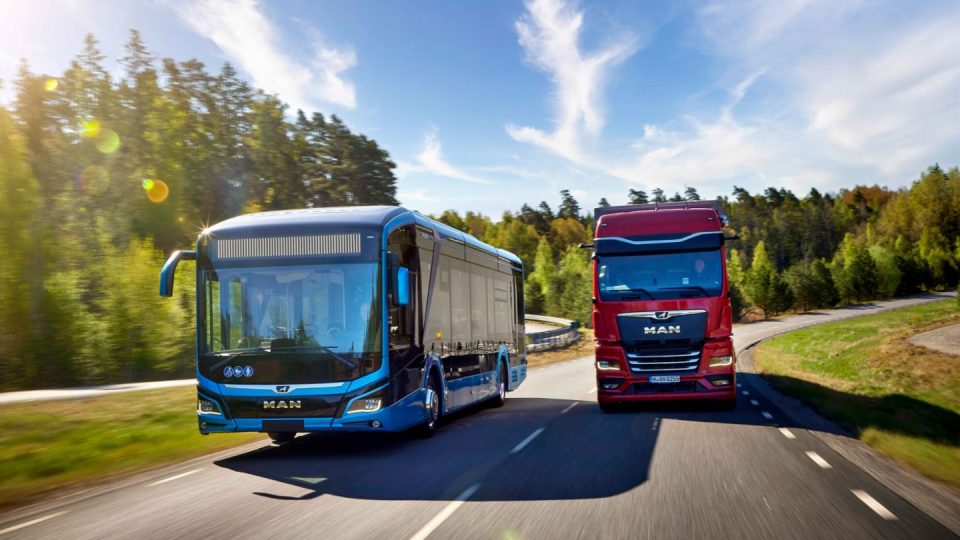“Enabling condition for energy transition are not there”: Iveco Bus’ plea at Sustainable Bus Tour
The need to bring forward the revision of CO2 standards, initially scheduled for 2027, to 2025, as part of the industry’s push for regulatory alignment with market realities. The new challenge consisting in converting depots and transitioning to zero emission buses in smaller metropolises. A 25% drop in electric bus tenders over the past year, […]
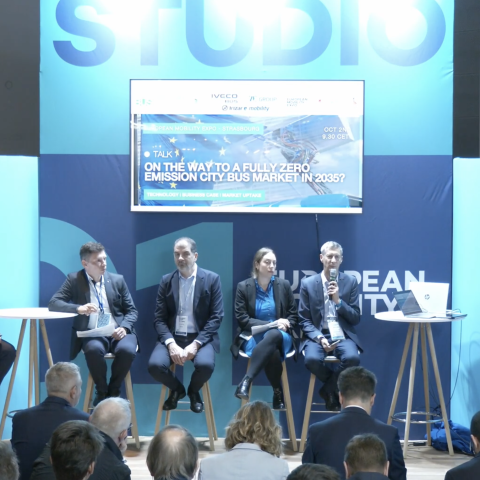
The need to bring forward the revision of CO2 standards, initially scheduled for 2027, to 2025, as part of the industry’s push for regulatory alignment with market realities. The new challenge consisting in converting depots and transitioning to zero emission buses in smaller metropolises. A 25% drop in electric bus tenders over the past year, indicating a downward trend in demand that calls for immediate action from regulators and the industry alike.
During the “On the way to a fully zero-emission city bus market in 2035?” conference held at the European Mobility Expo 2024 in Strasbourg, Jean-Marc Boucheret, Sustainable Mobility Manager at Iveco Bus, delivered a critical address on the future of zero-emission transport.
Under these unclear conditions, manufacturers, under the umbrella of ACEA, are clearly raising the red flag today. We don’t deny the ambition that’s been set for us, but we are fairly assessing the enabling conditions, which are simply not there. Right now, we are calling for an anticipation of the revision of CO2 standards, originally set for 2027, and to bring it forward to 2025. We believe it’s time to have a fair discussion with the Parliament, Council, and Commission—it’s truly the moment of truth.
Jean-Marc Boucheret, Sustainable Mobility Manager at Iveco Bus
Below, the complete text of his statement.
As a manufacturer, we are deeply involved in investments. We are investing over 100 million euros in France to support transformation in innovation, R&D and manufacturing, which includes compliance with Euro 7 standards, as this also applies to coaches.
What we see now in 2023 and 2024 is the result of tenders passed during 2022-2023, and unfortunately, we have to note that this process has been inconsistent. We have several signals, such as monitoring the levels and quantities of electric bus tenders, and we are seeing a downward trend. On a 12-month basis, we detect a 25% drop in volume.
In real life, despite having a solid order book, we are concerned about what will happen from 2026-2027 onwards, once the facility mechanism ends. This is the clear message we are sending to the new parliament and the commission for the decisions they will make in terms of budget allocation for the continuation of these programs.
We should, to use an aviation analogy, “pull the stick” to ensure that more vehicles are placed in the market. From an industry perspective, we are ready. The bus is becoming a commodity, but we should shift focus from merely counting buses to counting how many depots are being converted.
In France, for example, we are delivering to 20 new depots that have been converted to electricity during this transition. The same applies to CNG vehicles, where we are delivering to 50 depots converted to CNG, thanks to the Clean Vehicle Directive (CVD), which was a neutral tool to promote low-carbon solutions—whether electricity, hydrogen, or CNG with bio-methane.
However, this dynamic is somewhat disturbed by the CO2 standards, which only recognize tailpipe emissions when setting targets.
So basically, when I was listening yesterday during the opening conference, it was also explained by GART and UITP that stronger tools need to be put in place. The Connecting Europe Facility (CEF) needs to be strengthened, and the Emissions Trading System (ETS) must bring funding directly to public transport. Additionally, it was mentioned that the European Investment Bank (EIB) is often used by big metropolises to purchase and transform their assets. However, this tool is too large, and the pressure exerted by the EIB is too high to target smaller public transport authorities (PTAs), many of which haven’t even begun their transition.
These smaller PTAs lack the knowledge that larger authorities, already experienced in electromobility with metro or light rail, have. This creates a new challenge: while larger metropolises might have completed the first part of their transformation, smaller metropolises—especially those that haven’t done anything yet in this respect—face significant obstacles. Moreover, converting the second wave of depots might prove to be the most complex part of the transition.
Under these unclear conditions, manufacturers, under the umbrella of ACEA, are clearly raising the red flag today. We don’t deny the ambition that’s been set for us, but we are fairly assessing the enabling conditions, which are simply not there. Right now, we are calling for an anticipation of the revision of CO2 standards, originally set for 2027, and to bring it forward to 2025. We believe it’s time to have a fair discussion with the Parliament, Council, and Commission—it’s truly the moment of truth.

